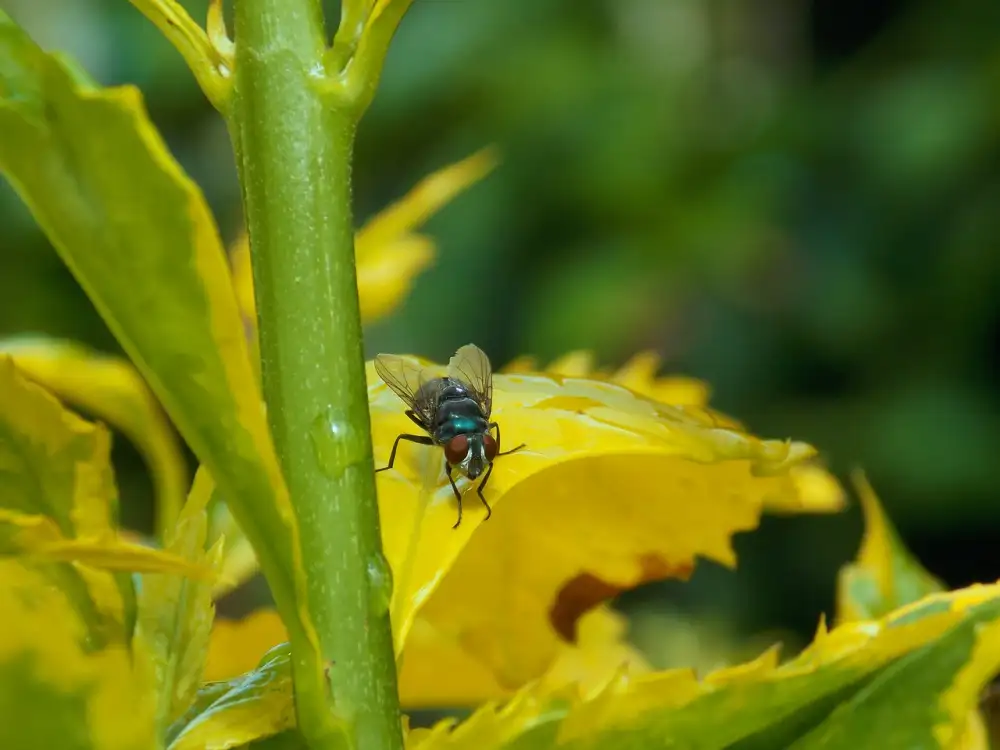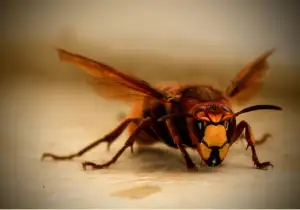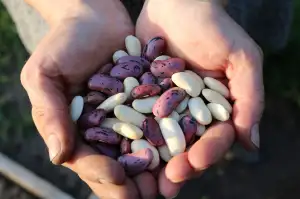Say Goodbye to Fruit Flies: DIY Fruit Fly Trap for a Fly-Free Home

Fruit flies are a common nuisance in many households, especially during the warmer months. These tiny insects are attracted to ripened fruits and vegetables, as well as fermenting liquids like wine and vinegar. To effectively control fruit fly infestations, using a fruit fly trap is essential. A fruit fly trap is a simple yet effective tool designed to lure and capture these pesky insects, helping to keep your home free from their presence. In this article, we will explore the importance of using a fruit fly trap and provide you with DIY recipes and commercial options to help you combat fruit flies effectively.
Understanding Fruit Flies and Their Behavior
Fruit flies, scientifically known as Drosophila melanogaster, are small insects that are attracted to ripened fruits and vegetables. They are commonly found in kitchens, grocery stores, and restaurants where they feed on decaying organic matter. Fruit flies have a short life cycle of about 8-10 days, during which time they can lay up to 500 eggs near fermenting food sources. These pests are not only a nuisance but also potential carriers of bacteria and other pathogens. Understanding their attraction to sugary substances and their rapid reproductive cycle is crucial in effectively managing fruit fly infestations in homes.
Importance of Using a Fruit Fly Trap
Fruit flies are not only a nuisance in the kitchen but also pose health risks as they can carry and spread bacteria and other pathogens. By using a fruit fly trap, you can effectively reduce the population of these pests in your home. This is especially important for maintaining a clean and hygienic environment, preventing food contamination, and protecting your family from potential illnesses caused by fruit fly infestations. Implementing a fruit fly trap is a proactive measure to control their numbers and ensure a fly-free living space.
DIY Fruit Fly Trap Recipes
1. Apple Cider Vinegar Trap:
- Pour apple cider vinegar into a small bowl.
- Add a few drops of dish soap and mix well.
- Cover the bowl with plastic wrap and secure it with a rubber band.
- Poke small holes in the plastic wrap for fruit flies to enter but not easily escape.
2. Red Wine Trap:
- Fill a jar with red wine, leaving some space at the top.
- Add a drop of dish soap and mix gently.
- Cover the jar with plastic wrap and secure it with a rubber band.
- Poke small holes in the plastic wrap for fruit flies to enter.
3. Banana Trap:
- Place overripe bananas in a container or jar.
- Cover the opening with plastic wrap and secure it with a rubber band.
- Poke small holes in the plastic wrap for fruit flies to access the bananas.
These DIY traps are effective in attracting and trapping fruit flies, helping to reduce their population in your home. Remember to empty and refresh the traps regularly for continued success.
Commercial Fruit Fly Trap Options
Commercial fruit fly traps are convenient options for those looking for a quick and effective solution. These traps are designed to attract and capture fruit flies using non-toxic baits or pheromones. Brands like Terro, RESCUE!, and FlyFix offer ready-to-use traps that can be placed near fruit bowls, trash cans, or other areas where fruit flies are commonly found. These traps come in various designs such as hanging traps, sticky traps, or liquid-based traps, providing flexibility in placement based on the infestation level and location within the home. Commercial options are ideal for those who prefer a hassle-free approach to fruit fly control.
Tips for Effective Fruit Fly Control
1. Keep your kitchen clean and dry: Fruit flies are attracted to moist environments, so wiping down surfaces and fixing any leaks can help deter them.
2. Store fruits and vegetables properly: Make sure to store ripe fruits in the refrigerator and keep all produce in sealed containers.
3. Dispose of overripe fruits promptly: Fruit flies lay their eggs on decaying fruits, so removing them as soon as they start to spoil can prevent infestations.
4. Empty trash regularly: Fruit flies are also drawn to garbage, so emptying your trash frequently can reduce their breeding grounds.
5. Use vinegar traps: Create a DIY trap using apple cider vinegar and dish soap to attract and trap fruit flies effectively.
6. Seal compost bins tightly: If you have a compost bin, make sure it is sealed properly to prevent fruit flies from being attracted to the organic waste.
7. Consider natural repellents: Essential oils like citronella, eucalyptus, or lavender can act as natural repellents for fruit flies.
By following these tips consistently, you can effectively control fruit fly populations in your home and enjoy a fly-free environment.
In conclusion, fruit flies can be a nuisance in the kitchen, but with the right knowledge and tools, they can be effectively controlled. DIY fruit fly traps are a cost-effective and environmentally friendly solution to keep your home pest-free. By understanding fruit flies' behavior and using effective trapping methods, you can significantly reduce their population. Remember to regularly maintain and clean your traps to ensure their effectiveness. With these tips in mind, you can say goodbye to fruit flies and enjoy a cleaner, more enjoyable cooking experience in your home.
Published: 28. 03. 2024
Category: Home



